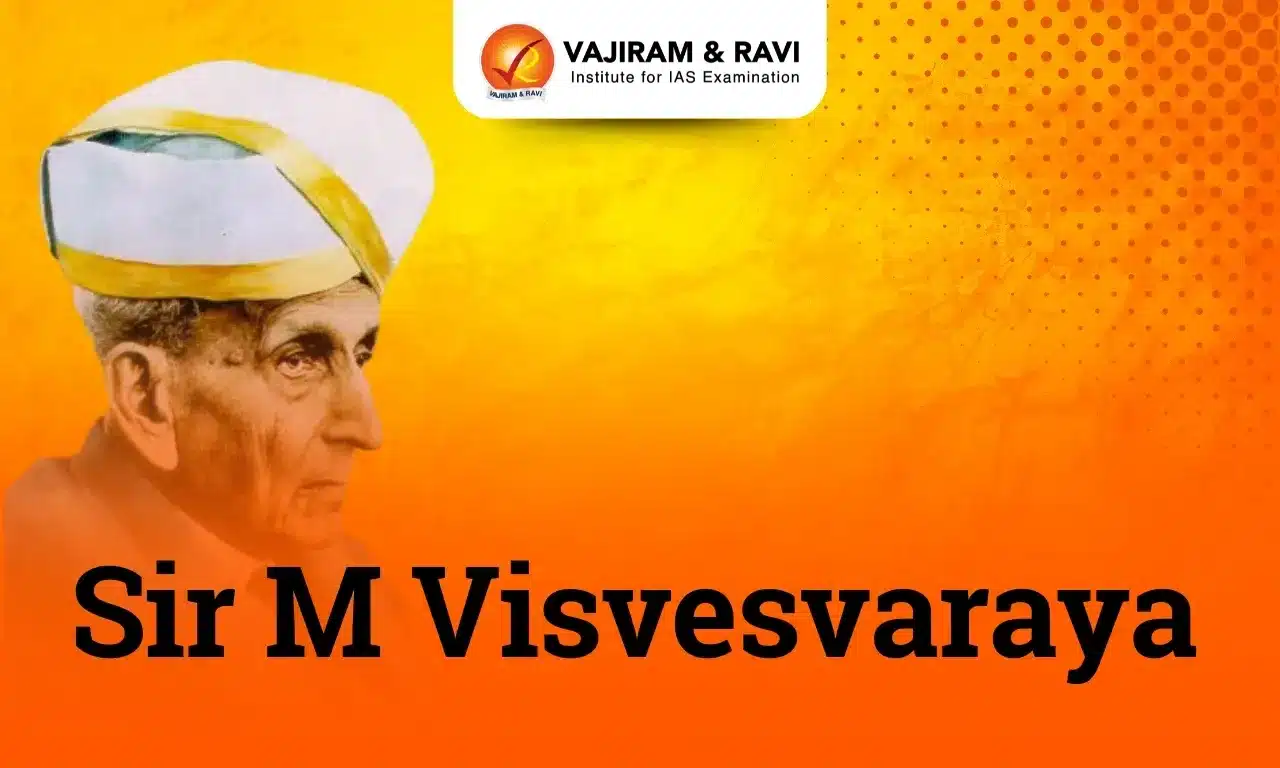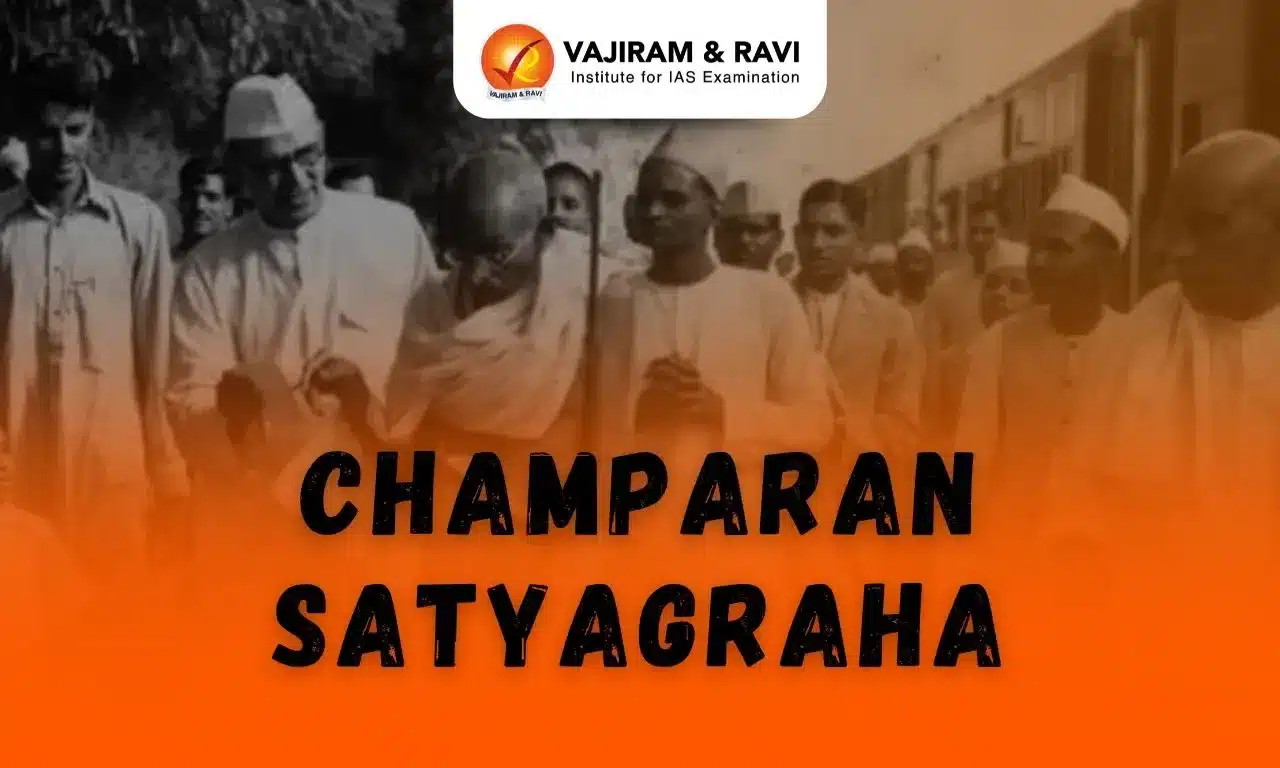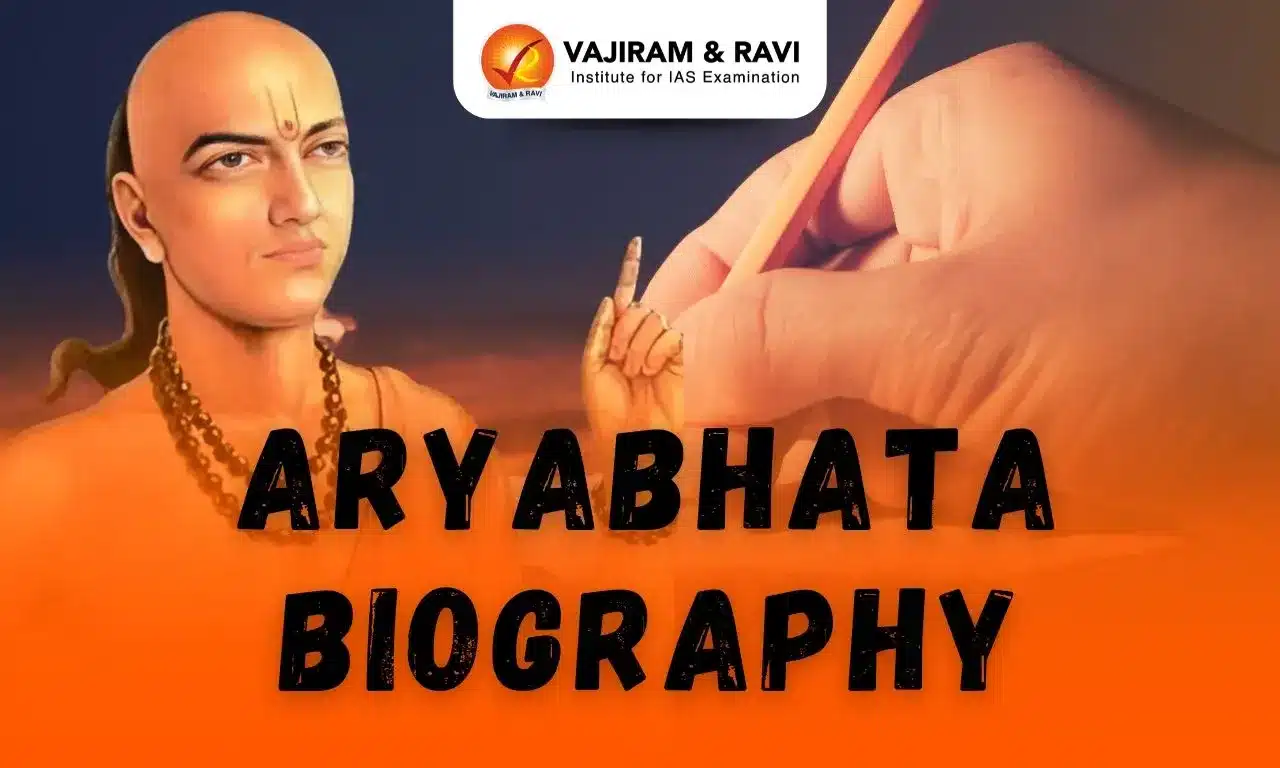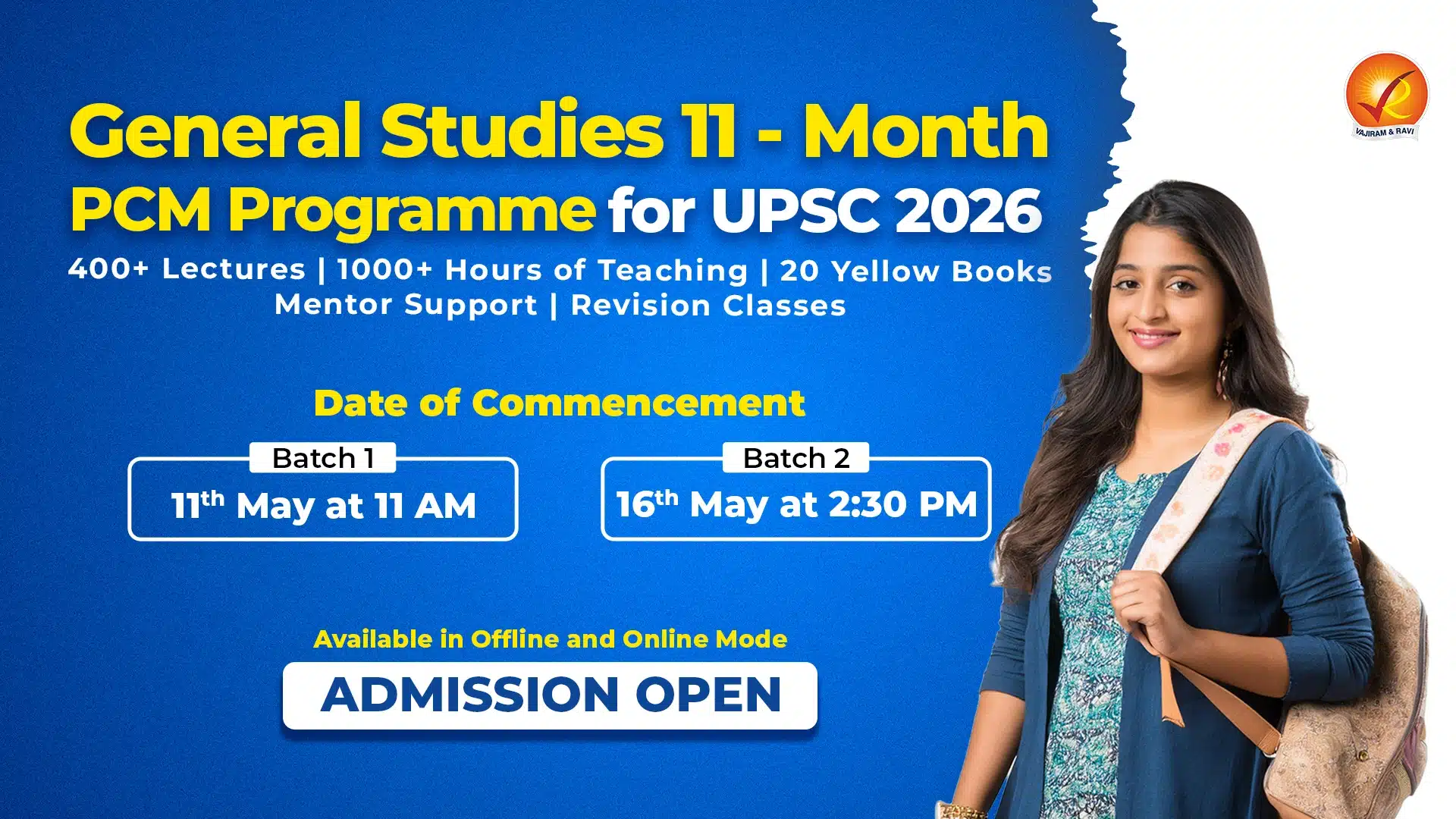The Brahmo Samaj was a socio-religious reform movement that played a pivotal role in transforming Indian society during the 19th century. Founded by Raja Ram Mohan Roy, it aimed to eliminate social evils and promote a more rational and ethical approach to religion.
The Dharma Sabha was established to counter the social reform movements led by Raja Ram Mohan Roy.
Brahmo Samaj History
The Brahmo Samaj was founded on August 20, 1828, by Raja Ram Mohan Roy in Calcutta (now Kolkata), West Bengal. It emerged as a response to India’s prevailing social and religious issues, seeking to reform Hinduism and promote a more rational and ethical approach to religion.
- Influence: The Brahmo Samaj was inspired by Raja Ram Mohan Roy‘s engagement with Hinduism, Islam, and Christianity. He wanted to create a society free from superstitions and oppressive practices.
- Atmiya Sabha: In 1814, Raja Ram Mohan Roy founded the Atmiya Sabha, a group for intellectuals to discuss religious and social issues. It promoted a rational approach to religion, focusing on monotheism and ethical behaviour.
- Brahmo Sabha: In 1828, he established the Brahmo Sabha, which later became the Brahmo Samaj. It aimed to unite people to promote monotheism and reject idol worship, fostering a society based on reason and morality.
- Support: The Brahmo Samaj gained support from many reformers and became a symbol of progressive thought, challenging traditional Hindu practices and advocating for social and religious reforms.
Brahmo Samaj Objectives
The Brahmo Samaj was founded with specific aims and objectives, reflecting its commitment to social and religious reform. These objectives were designed to promote a more rational and ethical approach to religion and address the pressing social issues of the time.
- Monotheism: The Brahmo Samaj promoted monotheism, rejecting idol worship and superstitions in Hinduism, and aimed for a spiritual, ethical approach to religion.
- Social Equality and Justice: The Brahmo Samaj pushed for social equality, challenging the caste system and advocating for the end of practices like sati and child marriage.
- Rational and Ethical Conduct: The movement emphasised rational thought, ethical conduct, and women’s rights, promoting gender equality and education.
- Religious Tolerance and Rejection of Superstition: It encouraged religious tolerance and sought harmony among faiths. It rejected superstitious practices, promoting a more rational and scientific outlook on religion.
Brahmo Samaj Leaders
The Brahmo Samaj was associated with several prominent personalities who played significant roles in shaping the movement and advancing its objectives. The prominent leaders of the Brahmo Samaj included Raja Ram Mohan Roy, Debendranath Tagore, Keshab Chandra Sen, Anandamohan Bose and Rabindranath Tagore.
Raja Ram Mohan Roy (1772-1833)
Raja Ram Mohan Roy was the founder of the Brahmo Samaj and is often regarded as the “Father of Indian Renaissance.” He was a visionary reformer who sought to eliminate social evils and promote a more rational and ethical approach to religion. Roy’s efforts to abolish sati and promote women’s rights were instrumental in advancing social reform in India.
Debendranath Tagore (1817-1905)
Debendranath Tagore, Rabindranath Tagore’s father, was a major leader in the Brahmo Samaj. He helped shape its ideas, spread its influence, and stressed the importance of spirituality and ethical living for religious reform.
Keshab Chandra Sen (1838-1884)
Keshab Chandra Sen was a key leader of the Brahmo Samaj who worked to modernise and grow the movement. He pushed for social reforms like women’s education and ending caste discrimination, helping to connect the Brahmo Samaj with the larger Indian society.
Anandamohan Bose (1847-1906)
Anandamohan Bose was a key leader of the Sadharan Brahmo Samaj, supporting social reform and education. He pushed for equality and justice, playing a vital role in the movement’s efforts for social and religious change.
Rabindranath Tagore (1861-1941)
Nobel-winning poet Rabindranath Tagore was closely linked to the Brahmo Samaj. His writings and ideas reflected the movement’s focus on reason, ethics, and social justice.
Brahmo Samaj Divisions
The Brahmo Samaj experienced several splits and divisions throughout its history, reflecting differing perspectives on social and religious reform. These divisions were often driven by differing interpretations of the movement’s principles and objectives, as well as personal and ideological differences among its leaders.
Adi Brahmo Samaj
The Adi Brahmo Samaj was the original branch of the Brahmo Samaj, led by Debendranath Tagore after Raja Ram Mohan Roy’s death. It focused on spiritual and philosophical reform, supporting monotheism, ethical living, and social change while balancing traditional values with modern ideas.
Brahmo Samaj of India
The Brahmo Samaj of India was started by Keshab Chandra Sen in 1866 after a split in the original movement. It took a more modern and radical approach to social and religious reform, focusing on education, women’s rights, and social justice to create a fairer society.
Sadharan Brahmo Samaj
The Sadharan Brahmo Samaj was formed in 1878 after a split in the original movement, led by Anandamohan Bose and other progressive leaders like Shibchandra Deb and Umesh Chandra Datta. This group focused on a more inclusive and progressive approach to social and religious reform, promoting gender equality, education, and social justice to address important social issues and build a fairer society.
Socio-Religious Reforms by Brahmo Samaj
The Brahmo Samaj was at the forefront of socio-religious reforms in India, challenging deeply entrenched social and religious practices and advocating for a more equitable and enlightened society.
- Abolition of Sati: One of the Brahmo Samaj’s most significant achievements was its campaign against the practice of Sati. The movement’s efforts, led by Raja Ram Mohan Roy, culminated in the British government’s abolition of Sati in 1829 during Lord William Bentick’s rule.
- Child Marriage: The Brahmo Samaj also sought to eliminate the practice of child marriage, advocating for age-appropriate marriages and emphasising the importance of education and empowerment for young girls.
- Widow Marriage Advocacy: The Brahmo Samaj advocated for widow remarriage, challenging the social stigma associated with widows in Indian society. It sought to provide widows with equal opportunities for marriage and social participation, reflecting its commitment to gender equality and social justice.
- Women’s Education and Status: The Brahmo Samaj pushed for equal education and job opportunities for women, challenging traditional gender roles and promoting gender equality. Its focus on women’s education helped advance social reform in India and set the stage for future efforts to empower women.
Significant Contributions of Brahmo Samaj
The Brahmo Samaj made several significant contributions to Indian society, shaping the country’s social and religious landscape and inspiring future generations of reformers and thinkers.
- Advancement of Social Reforms: The movement’s efforts to challenge oppressive social practices such as sati, child marriage, and caste discrimination were instrumental in advancing social reform in India. Its commitment to social equality and justice laid the groundwork for future initiatives aimed at creating a more equitable society.
- Promotion of Modern Education: The Brahmo Samaj was instrumental in promoting modern, secular education throughout India. It encouraged the establishment of schools and colleges that provided scientific and rational education as opposed to traditional religious and ceremonial learning.
- Freedom of Speech and Press: The Brahmo Samaj strongly supported civil liberties, including free speech and the press. Members of the Samaj actively participated in journalism, using the press to spread reformist ideas and criticise social injustices.
- Influence on other Reform Movements: The Brahmo Samaj inspired several other reform movements in India, such as the Prarthana Samaj and Arya Samaj. Its focus on rationalism, social justice, and belief in one God resonated with many reformers.
- Inspiration for the Indian National Movement: Brahmo Samaj’s ideas of social justice, civil rights, and national unity also influenced leaders of the Indian National Movement, helping shape the intellectual groundwork for India’s fight for independence.
Decline of Brahmo Samaj
Despite its significant contributions to Indian society, the Brahmo Samaj experienced a decline in influence and impact in the late 19th and early 20th centuries. Several factors contributed to this decline, reflecting the challenges faced by the movement in adapting to changing social and political dynamics.
- Internal Conflicts: The Brahmo Samaj faced many internal divisions and conflicts over social and religious reform, which weakened its unity and led to a decline in its influence.
- Changing Context: The social and political changes in India during the late 19th and early 20th centuries, including the rise of nationalist movements, shifted focus away from the Brahmo Samaj’s reform efforts, further diminishing its impact.
- New Movements: New reform movements like the Arya Samaj and Ramakrishna Mission gained prominence, often adopting bolder approaches to reform. These movements overshadowed the Brahmo Samaj and contributed to its decline.
Brahmo Samaj UPSC PYQs
Question 1: Trace the rise and growth of socio-religious reform movements with special reference to Young Bengal and Brahmo Samaj. (UPSC Mains 2021)
Question 3: Which of the following statements is/are correct regarding Brahmo Samaj? (UPSC Prelims 2012)
- It opposed idolatry
- It denied the need for a priestly class to interpret the religious texts
- It popularised the doctrine that the Vedas are infallible.
Select the correct answer using the codes given below:
(a) 1 only
(b) 1 and 2 only
(c) 3 only
(d) 1, 2 and 3
Answer: (b)
Last updated on April, 2025
→ UPSC Notification 2025 was released on 22nd January 2025.
→ The UPSC Vacancy 2025 were released 1129, out of which 979 were for UPSC CSE and remaining 150 are for UPSC IFoS.
→ UPSC Admit Card 2025 is expected to release in first week of May for CSE Prelims Exam 2025.
→ The UPSC Prelims 2025 is scheduled to be conducted on 25th May 2025 and UPSC Mains 2025 will be conducted on 22nd August 2025.
→ Apply once through it and aspirants can apply for various government exams conducted by UPSC.
→ The UPSC Selection Process is of 3 stages-Prelims, Mains and Interview.
→ UPSC Result 2024 is released with latest UPSC Marksheet 2024. Check Now!
→ UPSC Toppers List 2024 is released now. Shakti Dubey is UPSC AIR 1 2024 Topper.
→ Also check Best IAS Coaching in Delhi
Brahmo Samaj FAQs
Q1. Who founded Brahmo Samaj and why? +
Q2. What is the aim of Brahmo Samaj? +
Q3. What is the main principle of Brahmo Samaj? +
Q4. What is the difference between Brahmo Samaj and Arya Samaj?+
Q5. Was Rabindranath Tagore a part of Brahmo Samaj?+
Tags: brahmo samaj quest














